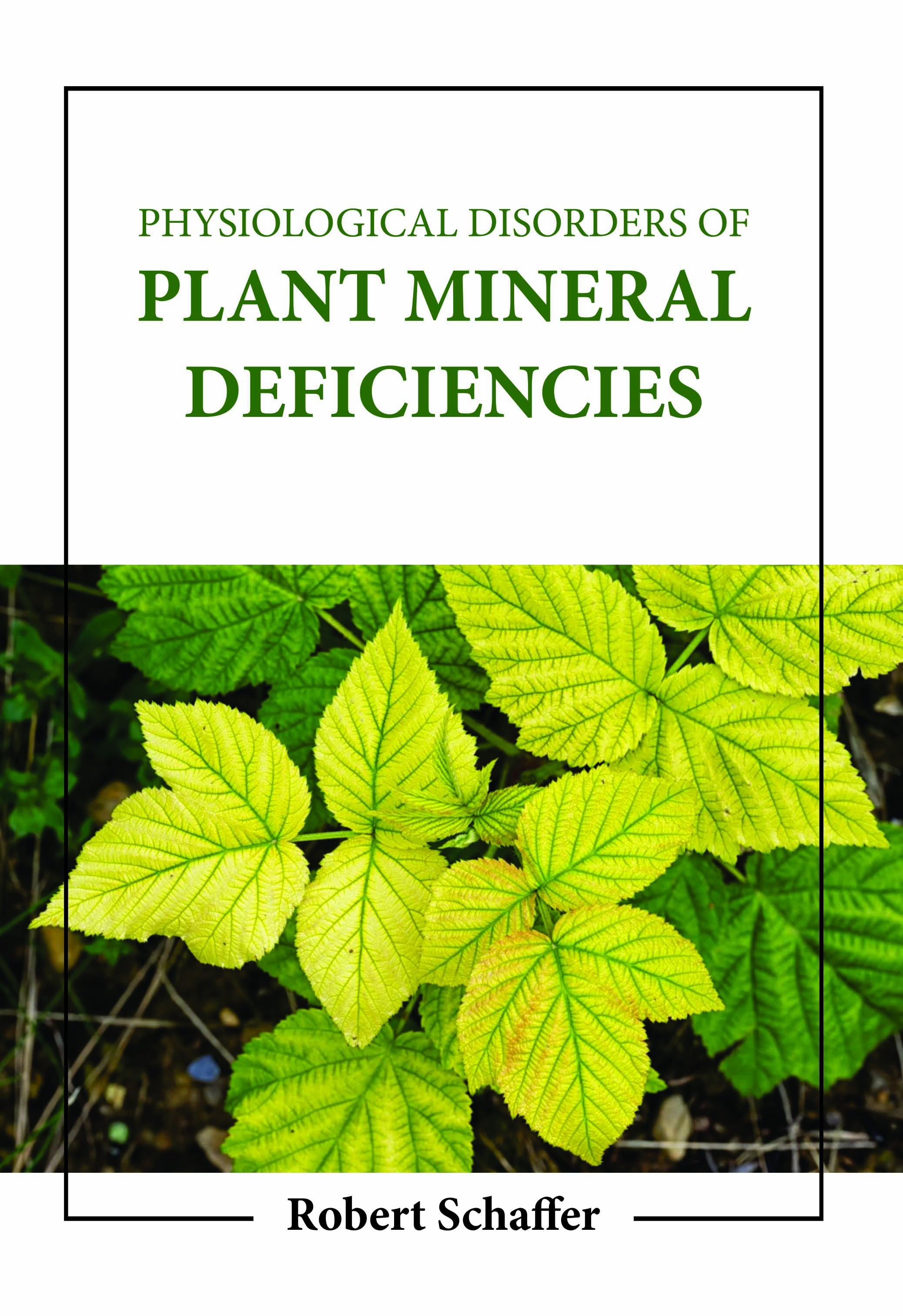
Physiological Disorders of Plant Mineral Deficiencies
by Robert Schaffer
| ISBN | 9781806241552 |
|---|---|
| Publisher | Digital Drive Learning |
| Copyright Year | 2026 |
| Price | $262.00 |

by Robert Schaffer
| ISBN | 9781806241552 |
|---|---|
| Publisher | Digital Drive Learning |
| Copyright Year | 2026 |
| Price | $262.00 |
Only once the nutrient supply is so low that the plants can no longer function normally do nutrient deficiency symptoms manifest. When this happens, fertilizer should have been used long before any symptoms showed up. Early detection of the symptoms may allow treatment to occur throughout the growing season. Foliar treatments or side dressings may be used to get the limiting nutrient into the plant as rapidly as possible with some nutrients and under certain circumstances. Usually, the yield is less than what would have been obtained if sufficient nutrients had been present at the start. The goods that the grower is interested in are the developing plants, which integrate all development variables. Thus, a thorough examination of the developing plant can aid in locating specific nutritional stress. Typical signs may appear if a plant is deficient in a specific nutrient. A nutritional deficit does not immediately result in symptoms. Instead, the regular plant processes are upset, leading to an overabundance of some intermediate organic molecules and a deficiency in others. This results in signs of aberrant conditions being detected. Visual assessment of nutritional stress should only be performed as an addition to other diagnostic methods (i.e., soil and plant analysis). If there are other variables, such as waterlogging, which can hinder the soil's ability to transport the nutrient or the plant's ability to access it, deficiencies may still arise even when the nutrient is in adequate supply. For instance, soils with high pH levels limit the availability of zinc, copper, manganese, and iron, while dry topsoil might hinder the uptake of calcium and boron early in the growing season. The approach for spotting nutritional deficiency signs in regularly cultivated agricultural and horticultural crops is described in the current book.